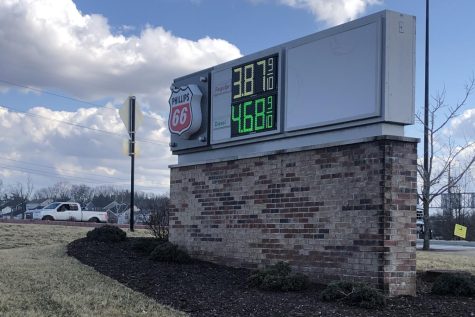LHS alum at NASA given Engineer of the Year award
Andy Klesh stands next to one of the spacecraft used on the Mars Cube One (MarCO) mission at a press briefing at Vandenberg Air Force Base two days ahead of InSight’s launch.
February 18, 2020
NASA Jet Propulsion Laboratory (JPL) engineer and Class of 2001 graduate Andy Klesh was honored by the American Institute of Aeronautics and Astronautics (AIAA) as 2020’s Engineer of the Year on Feb. 3.
“As AIAA represents the world’s aerospace community with over 30,000 members, it is a significant honor to be named Engineer of the Year,” Klesh said.
Klesh was chief engineer for the Mars Cube One (MarCO) mission, which traveled to Mars along with the InSight lander, the latest device to land on the planet.
While above Mars’ atmosphere, two small spacecraft, nicknamed WALL-E and EVE in reference to the Disney film “WALL-E,” separated from InSight. The probes communicated news that InSight had landed back to Earth on Nov. 26, 2018. Klesh was featured in the Feb. 8, 2019 issue of The Image for his work on the program.
Klesh said his work with MarCO was cited in his award nomination.
“I’m extremely proud to help humanity expand our capability for exploration and I’m honored to have been selected by my colleagues for this award,” Klesh said.
In the time since the MarCO mission, Klesh said he’s spent a lot of time briefing others on the spacecrafts’ findings.
“Much of my time has been spent distributing the lessons learned from the mission,” Klesh said. “MarCO was a pathfinder—it is important that the successes (and failures) throughout the mission be well understood.”
However, Klesh said he’s also had the chance to run experiments in extreme climates, some of which took him very far away from the JPL headquarters in Pasadena, California.
“I’ve also been busy with my other projects, primarily supporting scientists and robotic explorers in deep ocean and arctic terrain,” Klesh said. “Over the last year, I’ve been lucky enough to summit Mt. Denali, travel on an icebreaker to explore hydrothermal vents 4,000 meters under the arctic sea and test our buoyant rover amidst the Adelie penguins in Antarctica.”

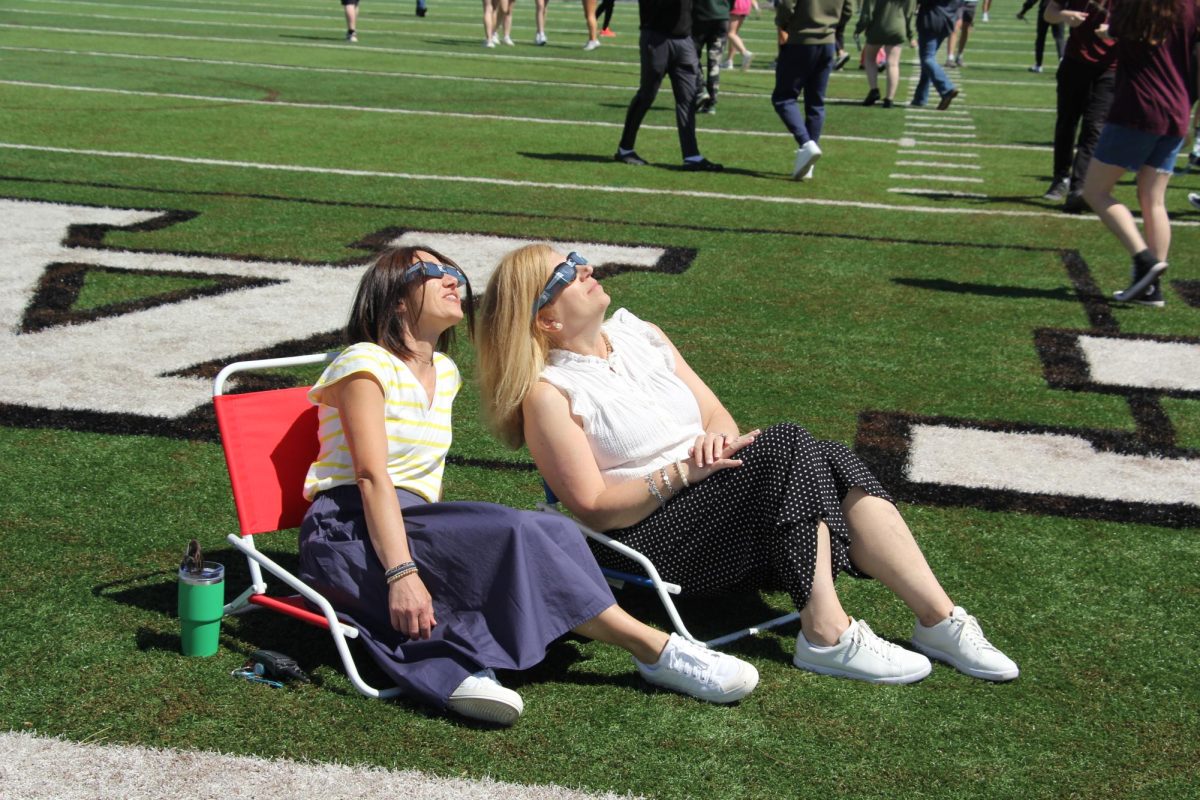
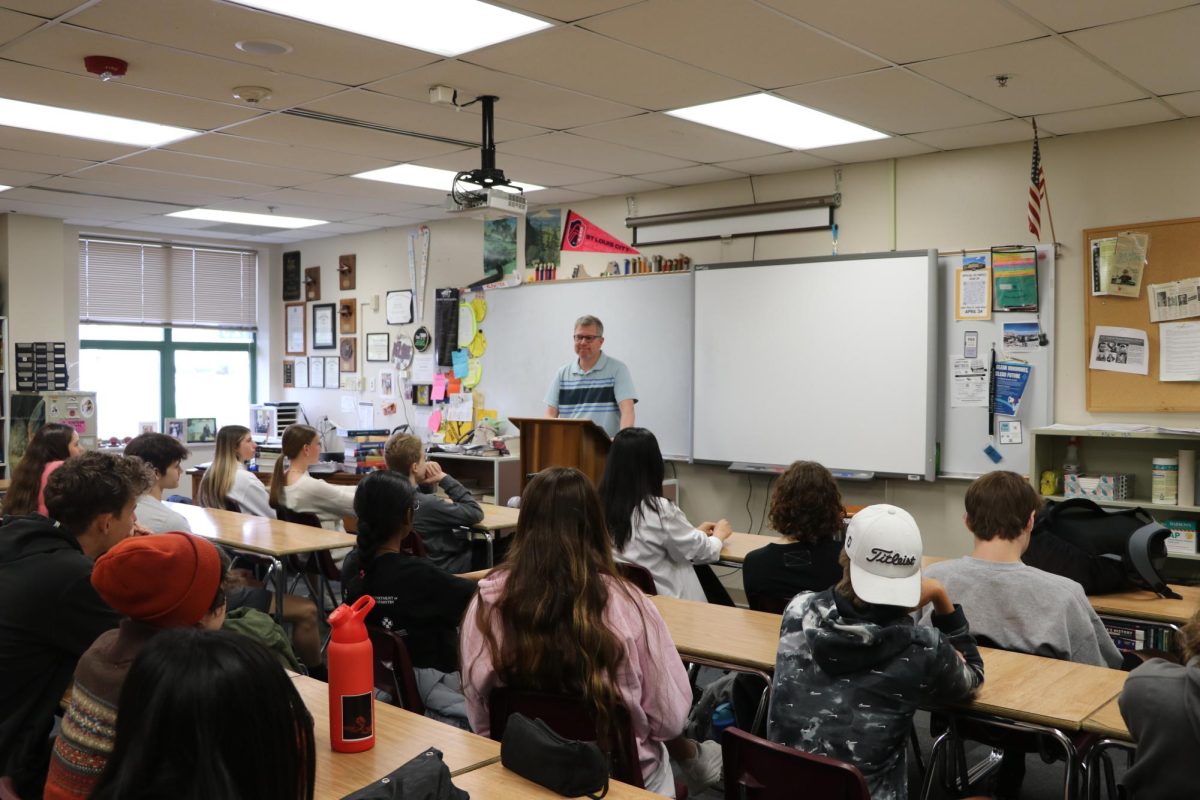
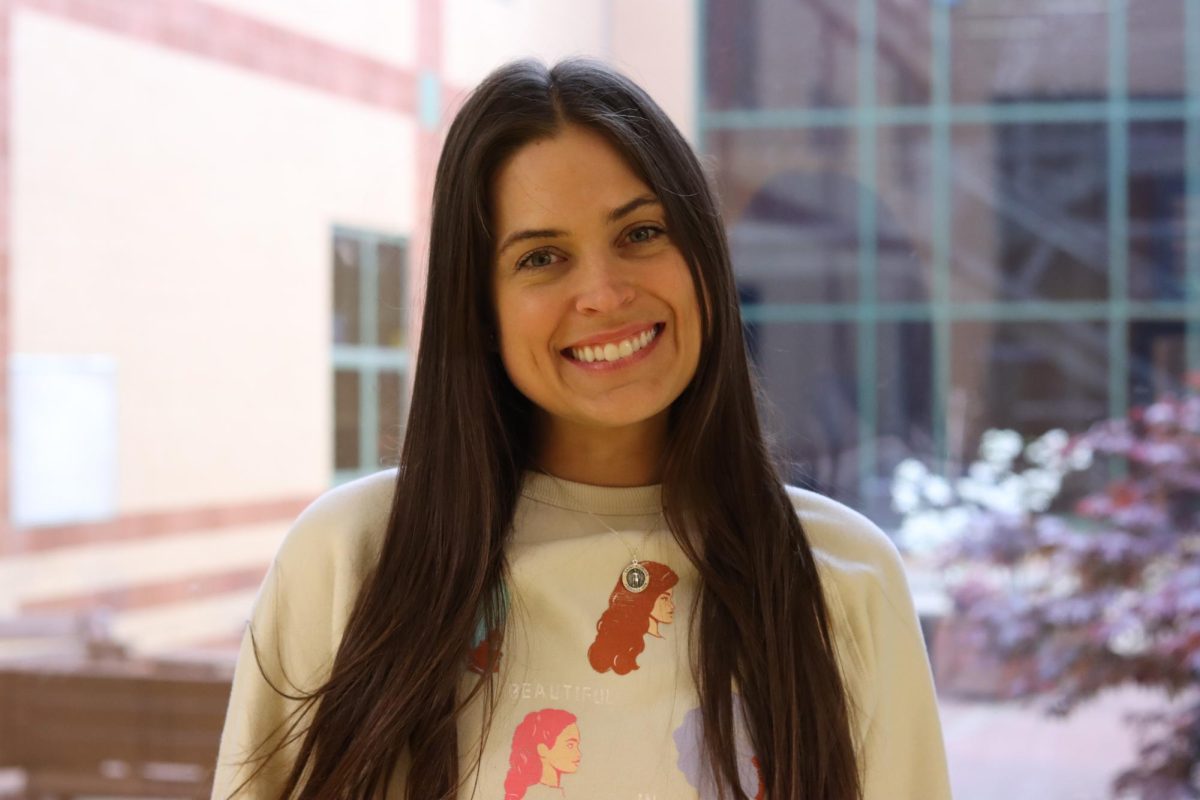
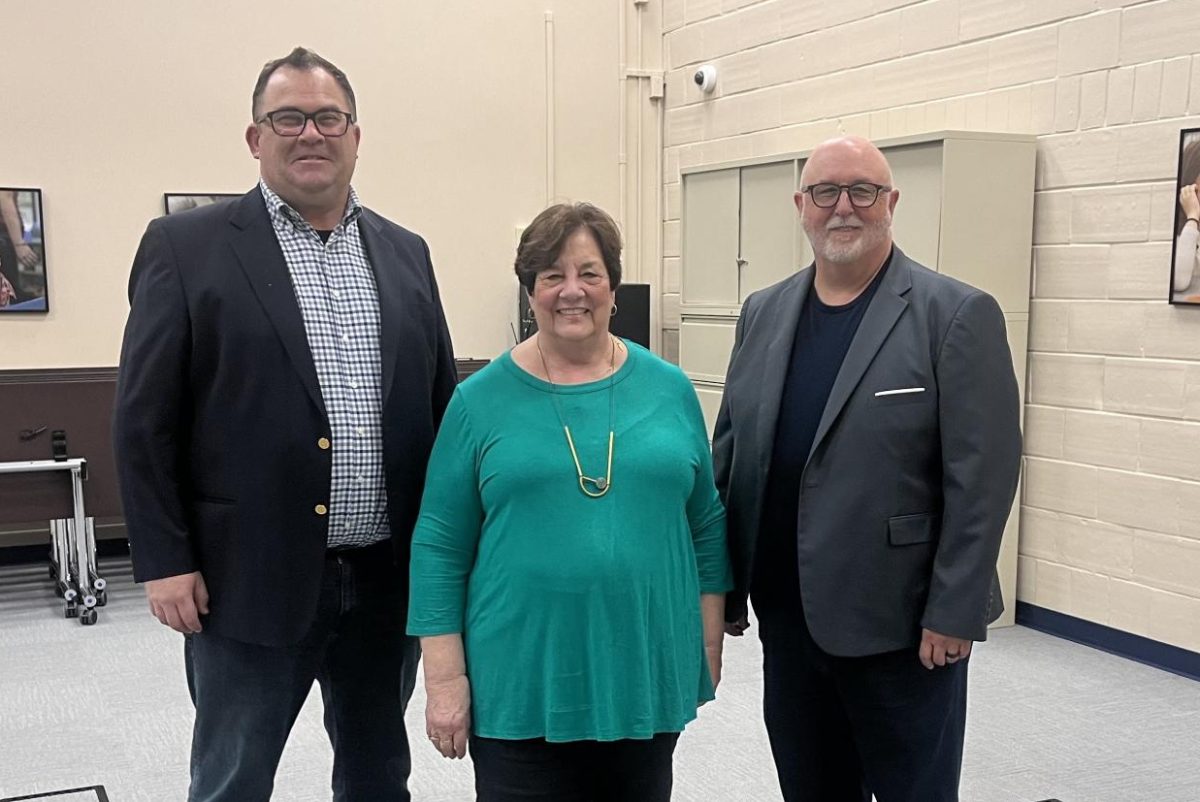

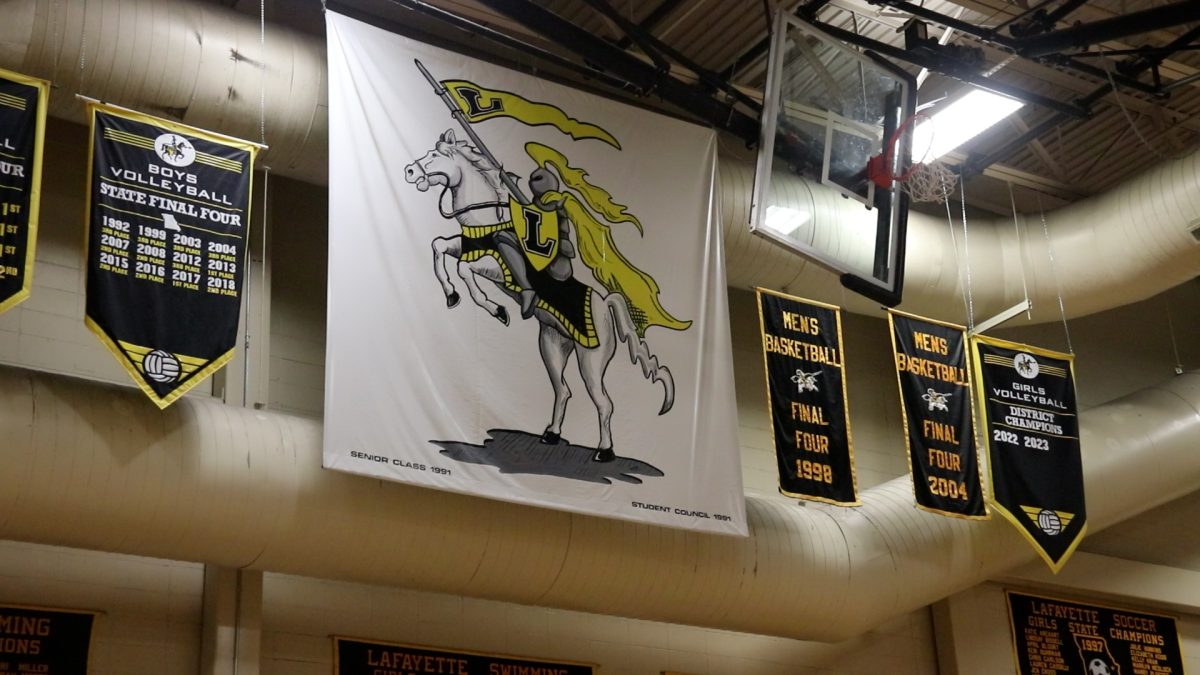


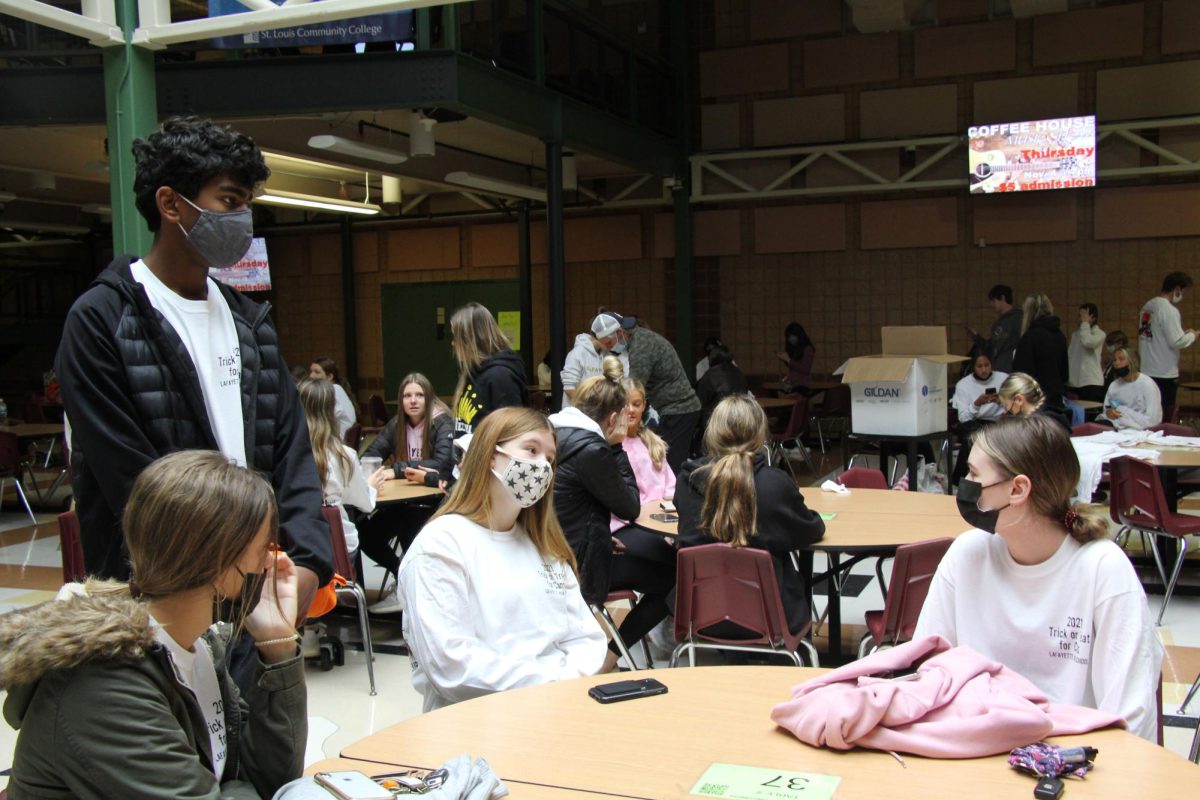




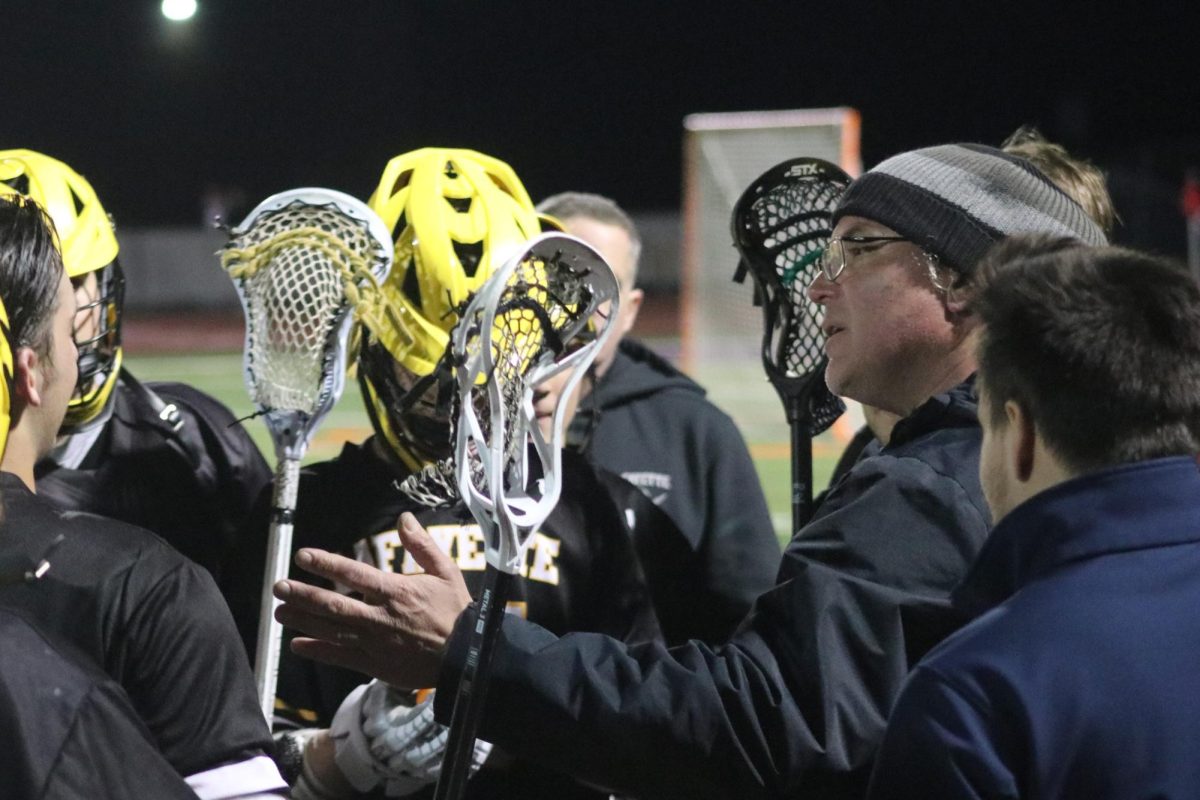




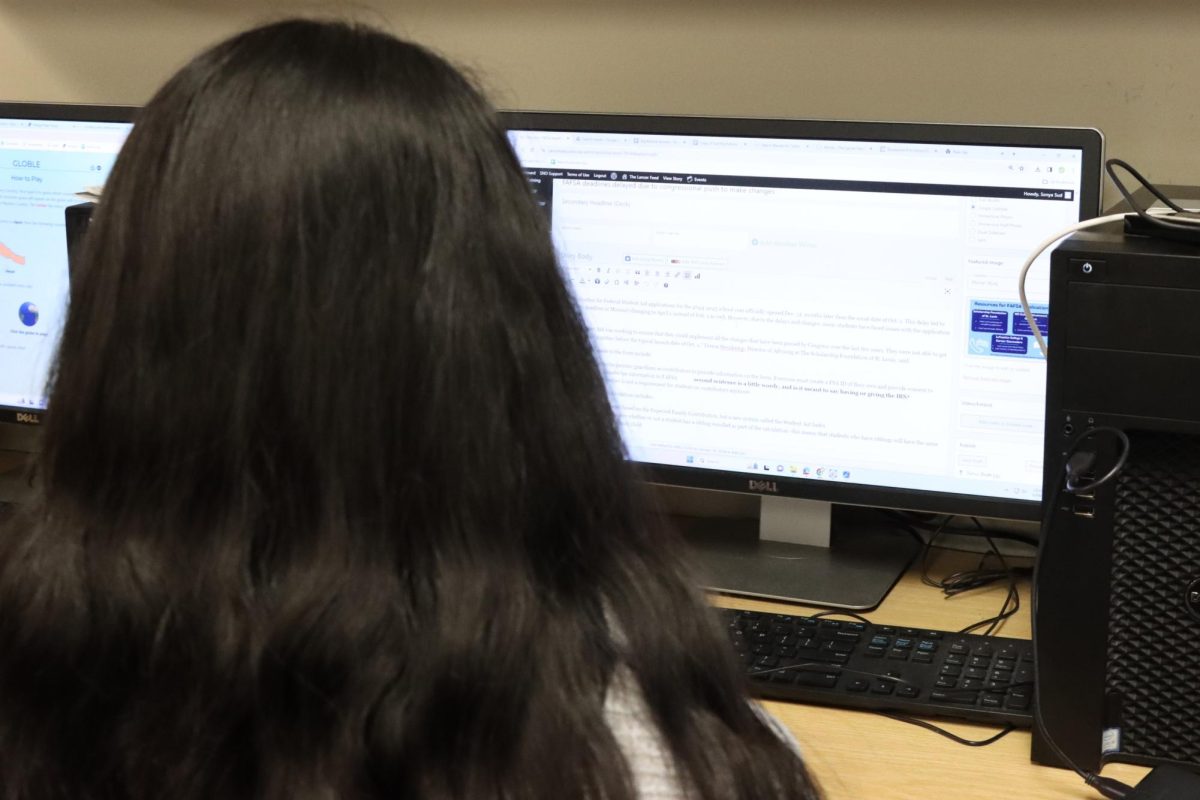
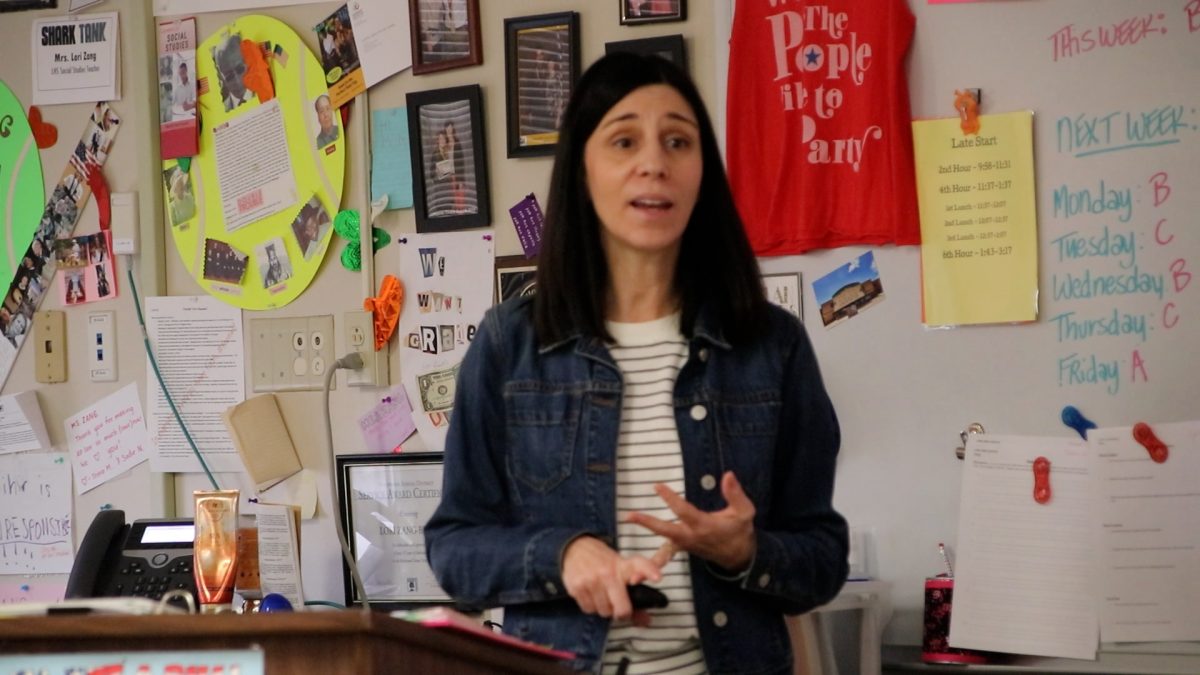



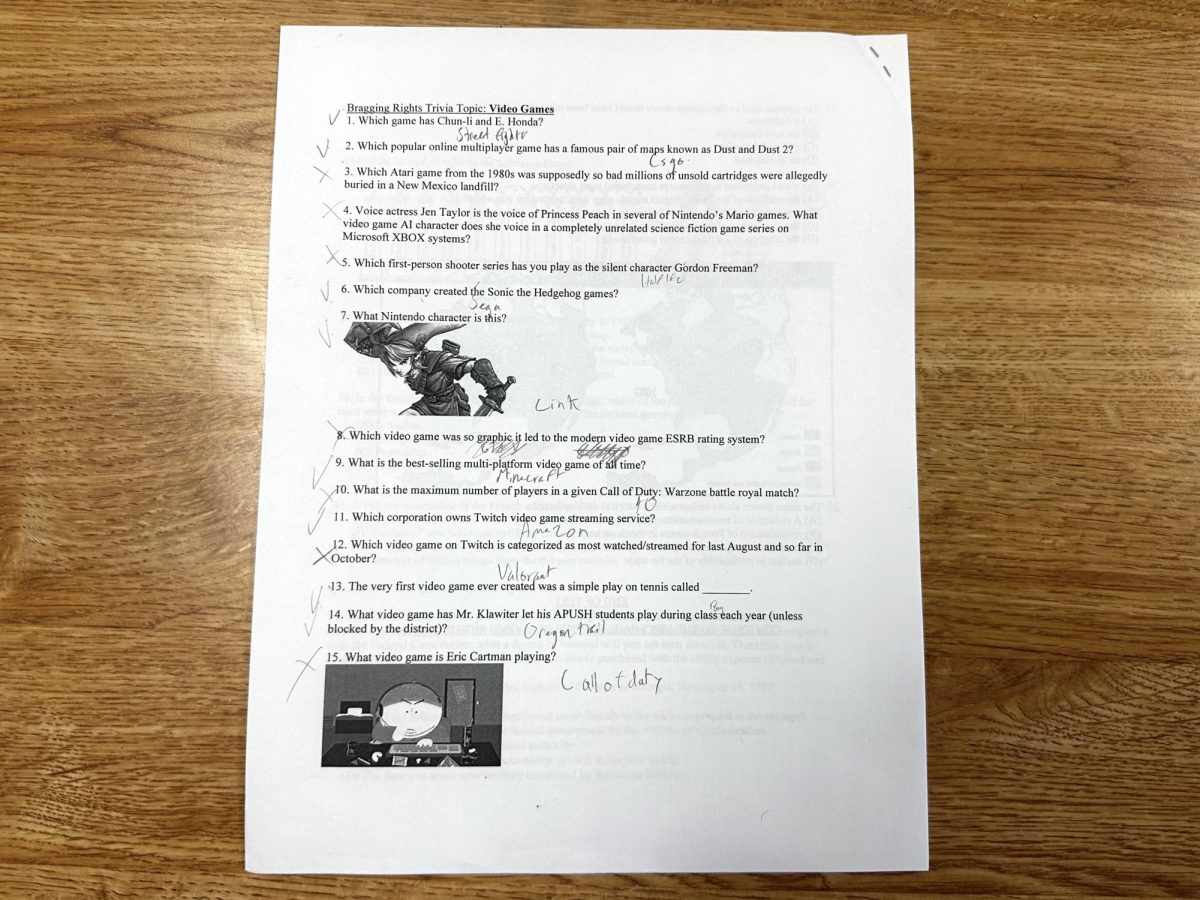






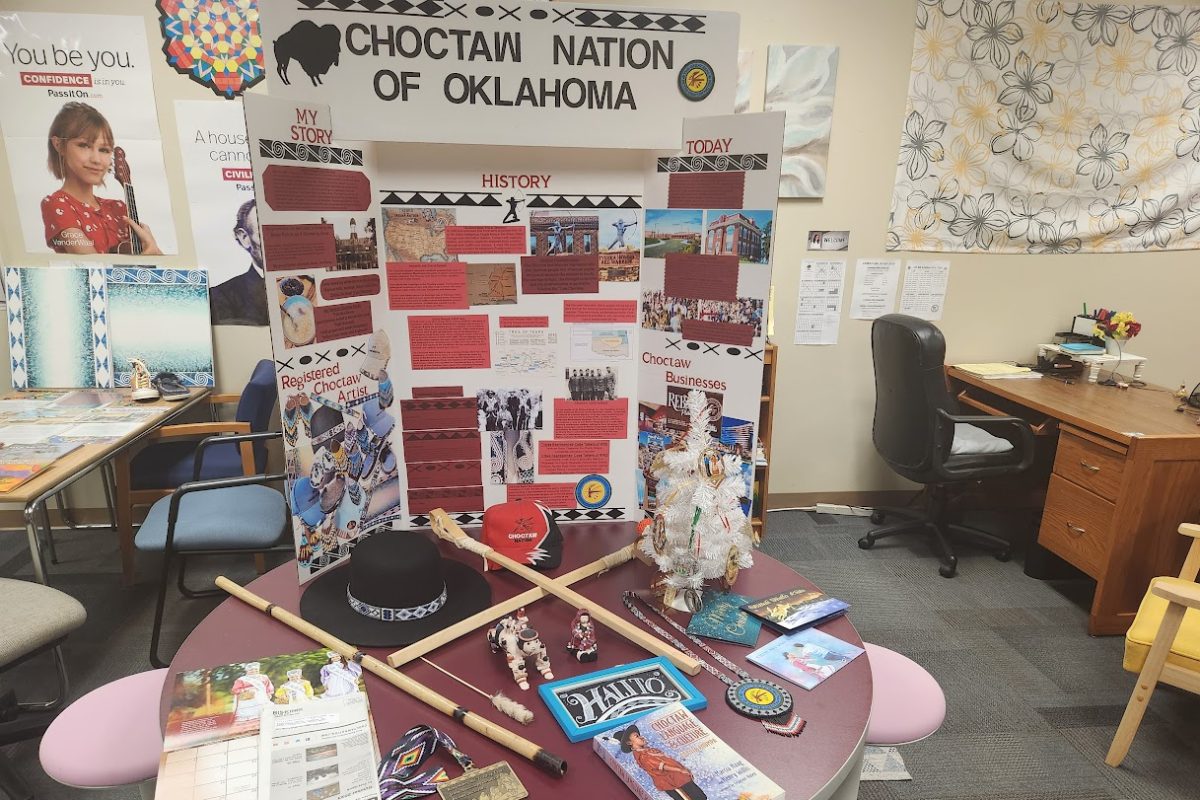

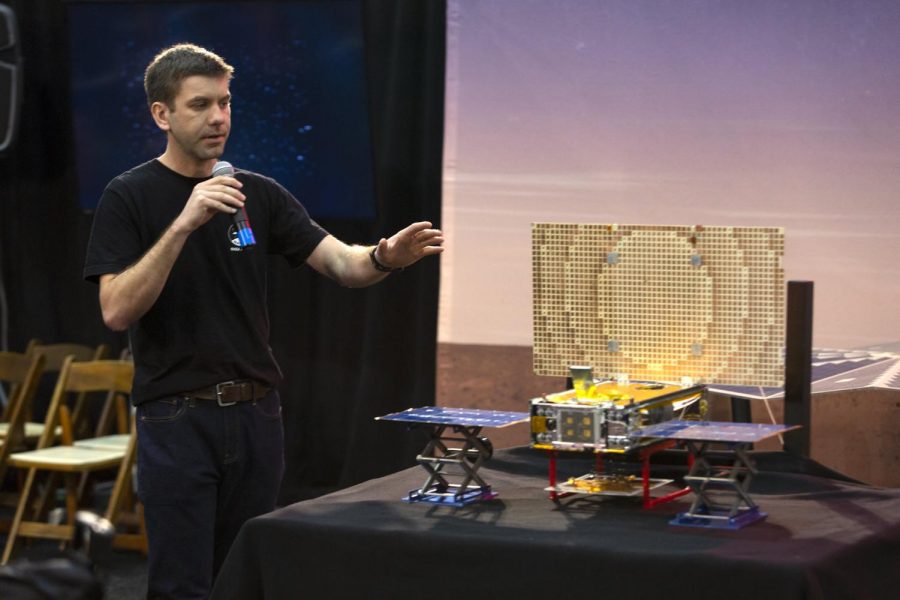
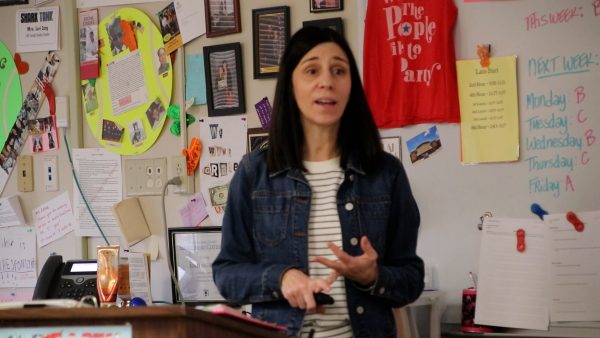
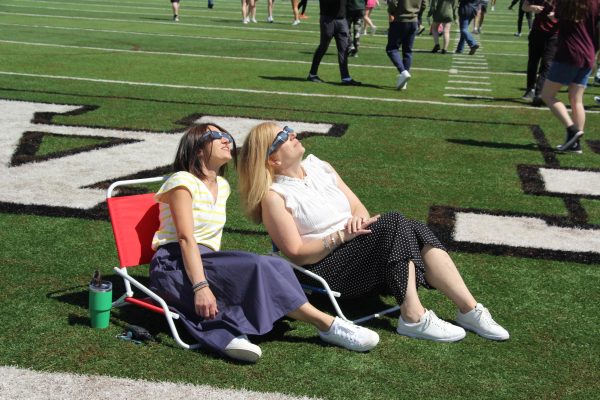





![In order to meet Federal Student Aid application deadlines, many local resources, including Lafayette counselors, are available for one-on-one meetings. Even if you think your college is paid for, we still heavily recommend going ahead and filing the FAFSA so that you dont lose out on any opportunities, College and Career counselor Alex Dusenberry said. A lot of four year universities say you can only get scholarships if you complete the FASFA. [Also], it is a requirement that you complete the FSA in order to get A+ credit.](https://lancerfeed.press/wp-content/uploads/2024/01/FAFSA-graphic-1-600x400.png)

![Sophomore Mary Kirtley holds her Dressember Foundation button. The buttons are passed down to the new STL Spark executive board members each year and they are encouraged to place them on their backpacks to help raise awareness about human trafficking. My sister, [Class of 2020 alumni] Grace Kirtley, started STL Spark when she was in high school and she would have people carry it on after she graduated, Mary said. Last year I got invited to join the board again with my sister, senior Patty Kirtley, and so weve been working on carrying her legacy a bit. Its become somewhat of a family project.](https://lancerfeed.press/wp-content/uploads/2023/11/IMG_5696-e1700061260167-600x400.jpg)


